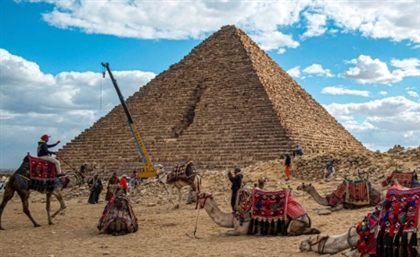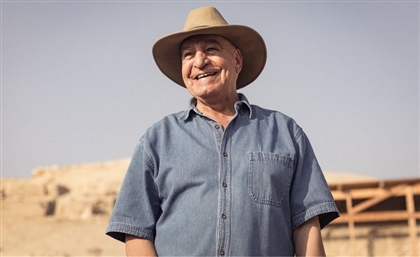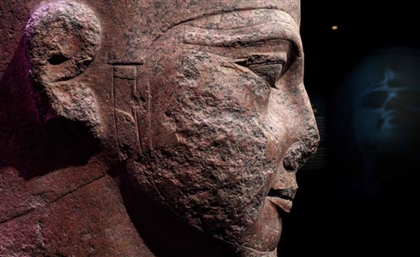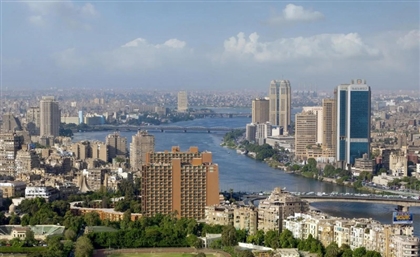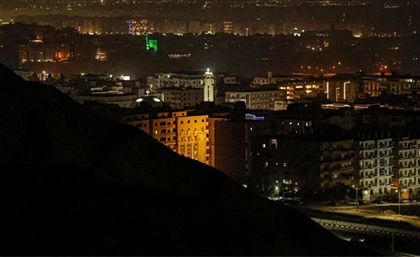Menkaure Pyramid Review Committee Rejects Pyramid Casing Project
The committee is headed by renowned Egyptologist, Dr. Zahi Hawass.
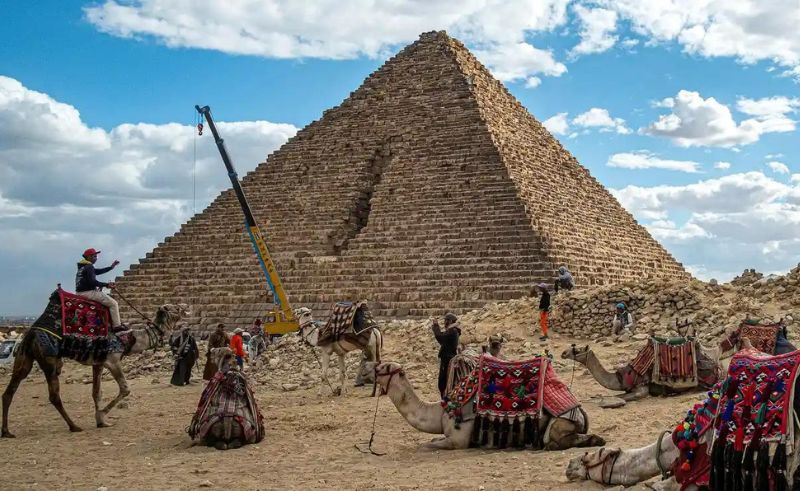
Chaired by renowned Egyptologist Zahi Hawass, the MPRC comprises a distinguished panel of engineers and archaeologists from Egypt, the United States, the Czech Republic and Germany. The committee includes Prof. Mamdouh El-Damaty, Prof. Hany Helal, Prof. Moustafa El-Ghamrawy, Dr. Mark Lehner, Prof. Dietrich Raue, and Prof. Miroslav Bárta.
The committee presented its decision in a report submitted to the Minister of Tourism and Antiquities, Ahmed Issa. The report, resulting from extensive meetings and on-site visits to the Menkaure Pyramid, stressed the importance of maintaining the pyramid's current state without alterations, given its exceptional universal and archaeological value. Instead, the committee suggested that the original form of the pyramid's casing can be determined through the existing casing presents on the pyramid body.
The MPRC highlighted the impossibility of accurately identifying the original position of the casing blocks, making it unfeasible to return them to their initial location. Reinstalling the blocks would alter the ancient fabric and appearance of the pyramid, potentially concealing valuable evidence regarding the ancient Egyptian construction techniques and design of pyramids.
While the committee granted initial consent for archaeological excavations to uncover the Menkaure pyramid's boat pits, it emphasised the need for a comprehensive scientific study, which must be submitted prior to commencing any excavations. The MPRC expressed that the search for the boat pits should not be the sole reason for excavating the pyramid's base, insisting on broader scientific justifications for such activities.
Additionally, the MPRC endorsed a proposed scientific archaeological project aimed at studying and surveying the Menkaure Pyramid, organising fallen granite blocks, and conducting excavations to uncover the sloping debris surrounding the pyramid. However, the committee stated that no scientific or archaeological activities should commence until the project director presents a detailed research proposal and work plan for discussion and review. The final scientific report will then be submitted to the Ministry of Tourism and Antiquities for coordination with UNESCO and the Permanent Committee for Ancient Egyptian Antiquities.
The research proposal is expected to include information about the project's funding sources, implementation timeline, and a list of qualified team members. The team should comprise skilled archaeologists, experienced in stratigraphic excavation and recording, an architectural historian specializing in ancient Egyptian architecture and restoration, and an engineer with expertise in cultural heritage and restoration.
- Previous Article Deus Deserto: Qatari’s Barrier Breaking Peak Time Techno Act
- Next Article 7 Public Parks To Visit In Egypt During Eid Al Fitr




